Antihistamine Matchmaker
Find Your Best Fit
Answer these questions to identify which second-generation antihistamine works best for your allergy symptoms and lifestyle.
Your Primary Concern
Side Effect Tolerance
Your Recommended Antihistamine
Select your priorities above to see your personalized recommendation
Loratadine (Claritin)
10 mg daily
Cetirizine (Zyrtec)
10 mg daily
Fexofenadine (Allegra)
180 mg daily
Important Note: Second-generation antihistamines work best for sneezing, itching, and runny nose—not nasal congestion. If congestion is your main issue, consider adding a nasal spray or decongestant.
Most people who take antihistamines for allergies have felt it-the heavy head, the sluggishness, the urge to nap after lunch. That’s the old kind. The first-generation ones like diphenhydramine (Benadryl) work, but they make you feel like you’ve had a few too many cocktails. Enter second-generation antihistamines: loratadine (Claritin), cetirizine (Zyrtec), and fexofenadine (Allegra). These aren’t just newer versions-they’re a different kind of medicine entirely. Designed to fight allergies without knocking you out, they’ve become the go-to choice for millions worldwide. And for good reason.
How They’re Different From the Old Stuff
First-generation antihistamines cross the blood-brain barrier easily. That’s why they cause drowsiness-they’re not just blocking histamine in your nose and skin; they’re messing with your brain too. Second-generation antihistamines were built to avoid that. Their molecules are bigger and more polar, which makes it harder for them to slip into the brain. Think of it like a key that fits the lock on your door but can’t fit into the lock on your car. The histamine receptor (H1R) in your nasal passages and skin still gets blocked, but your brain stays clear.Studies show this works. In clinical trials, only 6-14% of people taking second-generation antihistamines reported drowsiness. Compare that to 50-60% with first-generation drugs. That’s not a small improvement-it’s life-changing for parents, drivers, students, and office workers who need to stay sharp.
How Long They Last (And Why It Matters)
One pill a day. That’s the standard for most second-generation antihistamines. Loratadine, cetirizine, and fexofenadine all last 12 to 24 hours. First-generation drugs? You’re back to dosing every 4 to 6 hours. That’s not just inconvenient-it’s unreliable. If you’re waiting until your sneezing starts to take a pill, you’re already behind.Experts recommend taking these meds 1-2 hours before you know you’ll be exposed to allergens-like before going outside on high-pollen days. Studies show this approach cuts symptoms by 40-50% more than taking them only when you feel bad. It’s not magic. It’s timing. You’re stopping the reaction before it starts.
Which One Works Best for You?
There’s no single best second-generation antihistamine. It’s personal. People respond differently. Here’s how they stack up:| Medication | Brand Name | Dose | Half-Life | Metabolism | Common Side Effects |
|---|---|---|---|---|---|
| Loratadine | Claritin | 10 mg daily | 8-18 hours | Mainly CYP3A4 | Headache, dry mouth |
| Cetirizine | Zyrtec | 10 mg daily | 8.3 hours | Mainly CYP3A4 | Drowsiness (in 20-25% of users), fatigue |
| Fexofenadine | Allegra | 180 mg daily | 11-15 hours | Minimal metabolism; mostly excreted unchanged | Nausea, dizziness |
Cetirizine is the most effective for itching and runny nose, but it’s also the one most likely to cause mild drowsiness-especially at higher doses. Fexofenadine is the least likely to cause drowsiness, even in sensitive people, and it’s safe to take with grapefruit juice (unlike some other antihistamines). Loratadine is mild and cheap, but some users report headaches or a strange taste in their mouth. If one doesn’t work, try another. About one in three people need to test two or three before finding their match.
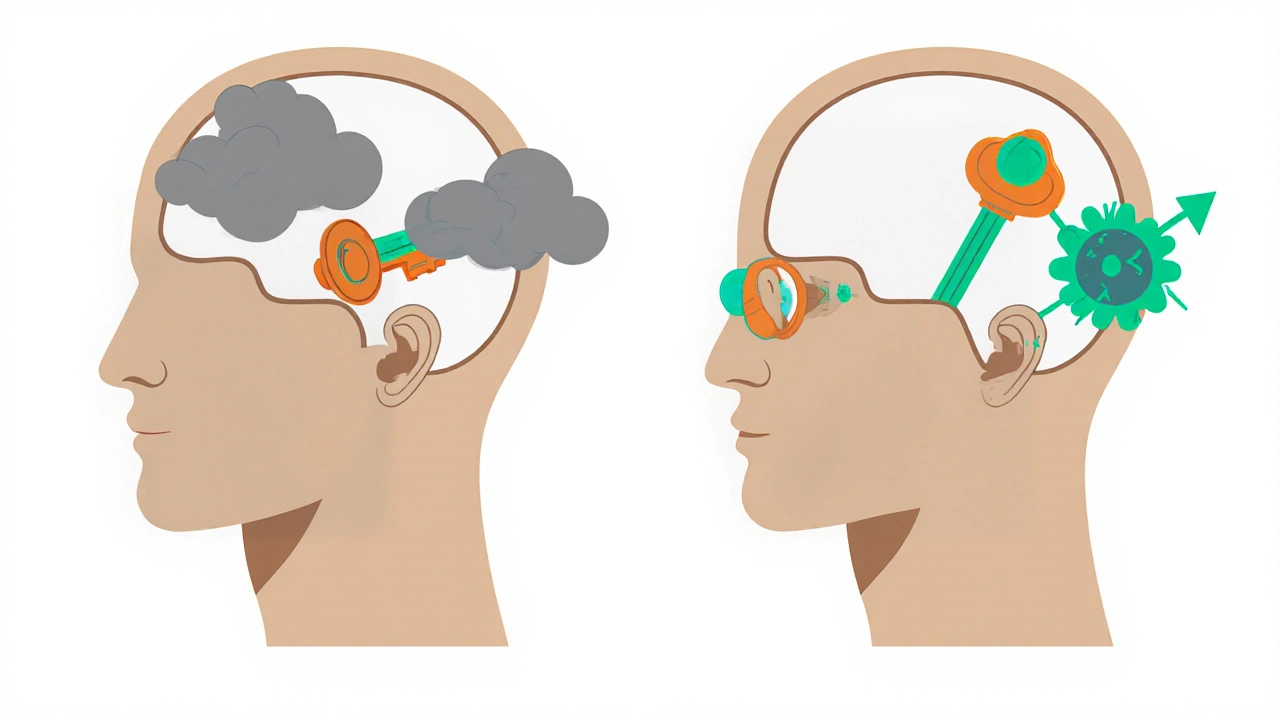
What They Don’t Do
Here’s the big gap: second-generation antihistamines don’t help much with nasal congestion. That’s not a flaw in the drug-it’s how they’re designed. First-generation antihistamines block more than just histamine. They also interfere with acetylcholine, a chemical that affects mucus and swelling in the nose. That’s why Benadryl can help with a stuffy nose from a cold. Second-generation ones don’t do that. They’re more precise. So if your nose is blocked, you’ll need something else-like a nasal spray (Flonase, Nasacort) or a decongestant (pseudoephedrine).That’s why combination products like Allegra-D (fexofenadine + pseudoephedrine) are so popular. They give you the best of both: non-drowsy allergy control plus congestion relief. But if you’re avoiding stimulants or have high blood pressure, stick with plain antihistamines and use a nasal spray instead.
Real People, Real Experiences
Look at user reviews. On WebMD, Zyrtec has over 12,000 ratings. Most say it works great. But nearly a quarter admit to feeling sleepy. That’s higher than clinical trials suggest-probably because real life isn’t a controlled study. People take it with alcohol, skip meals, or combine it with other meds.On Reddit, one top comment says: “Fexofenadine works great for my seasonal allergies without making me sleepy like Benadryl did, but I still need Flonase for congestion.” That’s the classic story. Effective for sneezing and itching. Not for stuffiness. And it’s consistent across platforms. Eighty-seven percent of users report relief from itching. Eighty-two percent say they’re not drowsy. But sixty-three percent say they still need extra help with congestion.
Some odd side effects pop up too. A few people report headaches after taking loratadine. Others say their taste changes-everything tastes metallic or bitter. It’s rare, but it happens. If it does, stop the drug. Switch. Most side effects vanish once you change meds.

When to Be Careful
These drugs are safe for most people. But there are exceptions. Fexofenadine is the safest if you’re on other meds-it barely gets processed by the liver. Loratadine and cetirizine are broken down by CYP3A4, the same enzyme that handles grapefruit juice, certain antibiotics, and antifungals. If you’re on one of those, talk to your doctor. The old second-gen drugs, terfenadine and astemizole, were pulled from the market in the 90s because they caused dangerous heart rhythms when mixed with other drugs. Modern versions don’t have that risk-but you still need to be smart.The FDA updated labeling rules in 2021 to make warnings clearer. Always check the label. If you have liver disease, kidney problems, or heart issues, talk to your doctor before starting. Don’t assume “over-the-counter” means “risk-free.”
What’s Next?
Science isn’t done with these drugs. In early 2024, researchers used cryo-electron microscopy to map exactly how these antihistamines bind to the H1 receptor. They found a second binding site-something no one knew existed. That opens the door to third-generation drugs that could be even more targeted, with zero drowsiness and better congestion relief.One new drug, bilastine XR, is already in late-stage testing. It’s a once-a-week pill. If approved, it could solve the biggest complaint: forgetting to take your daily pill. Right now, only 32% of people with allergies take their meds consistently. A weekly dose could change that.
Climate change is also pushing the need for better options. Pollen counts are rising. By 2050, they could be 25-30% higher. That means more people will need stronger or more frequent doses. Researchers are already studying whether current dosing will hold up-or if we’ll need higher doses of second-generation antihistamines in the future.

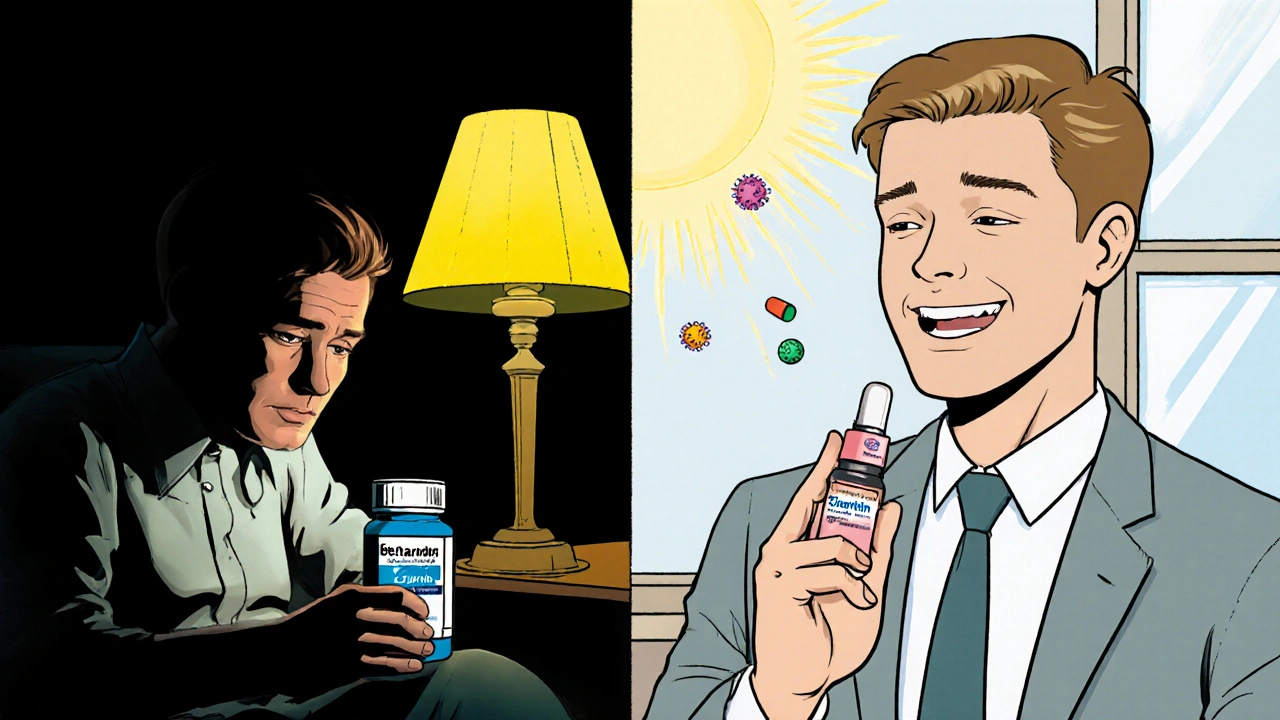

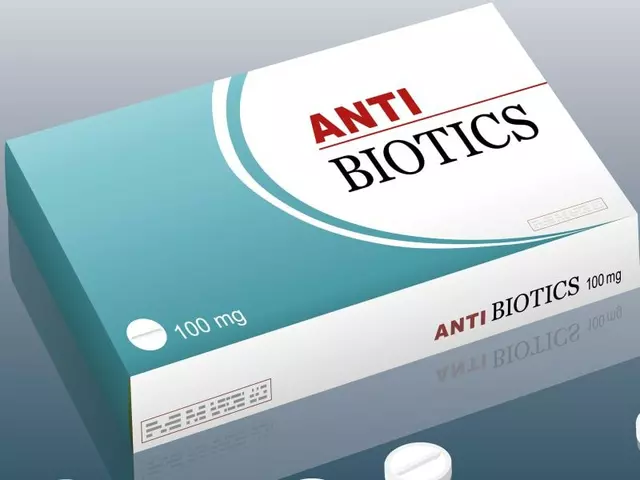
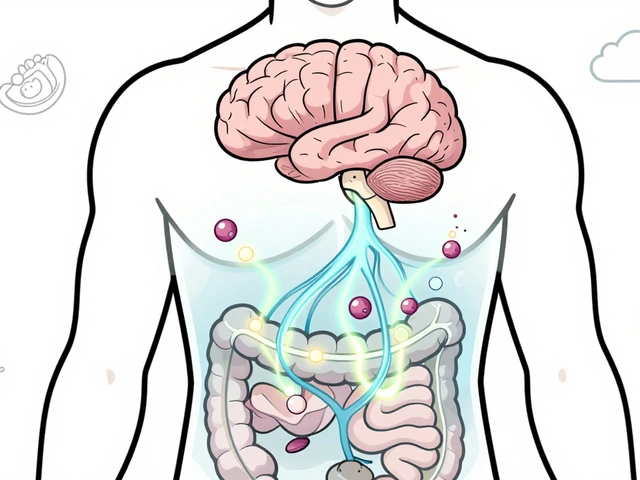

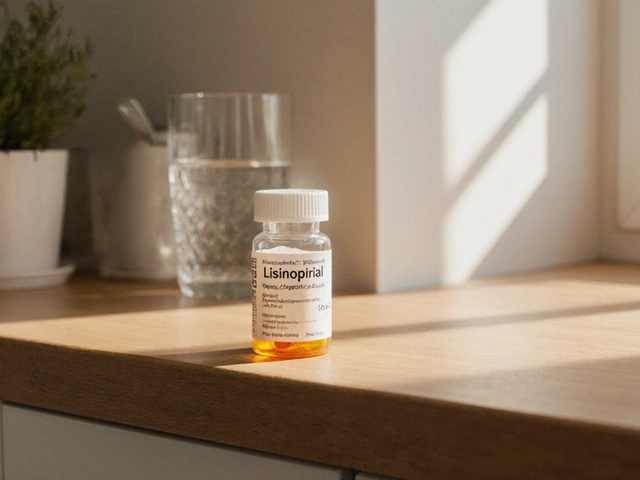
November 18, 2025 AT 11:34
Yo this is the real deal. Took Zyrtec for years, felt like a zombie. Switched to Allegra and now I can actually work without napping at my desk. No joke, my productivity doubled. Also, stop taking it with beer. That’s not science, that’s suicide.